Hundreds of millions of gallons of water have been evaporating from Lake Shasta and other major reservoirs in northern California.
Given the region’s recent extreme heat, it’s no surprise to water managers that vast amounts of water are evaporating from the lakes.
Staggering Water Loss

On July 3, Lake Shasta lost 288.8 million gallons of water to evaporation.
In the first nine days of July, about 2.2 billion gallons, or 3,392 cubic feet per second, evaporated into the atmosphere.
Comparative Impact
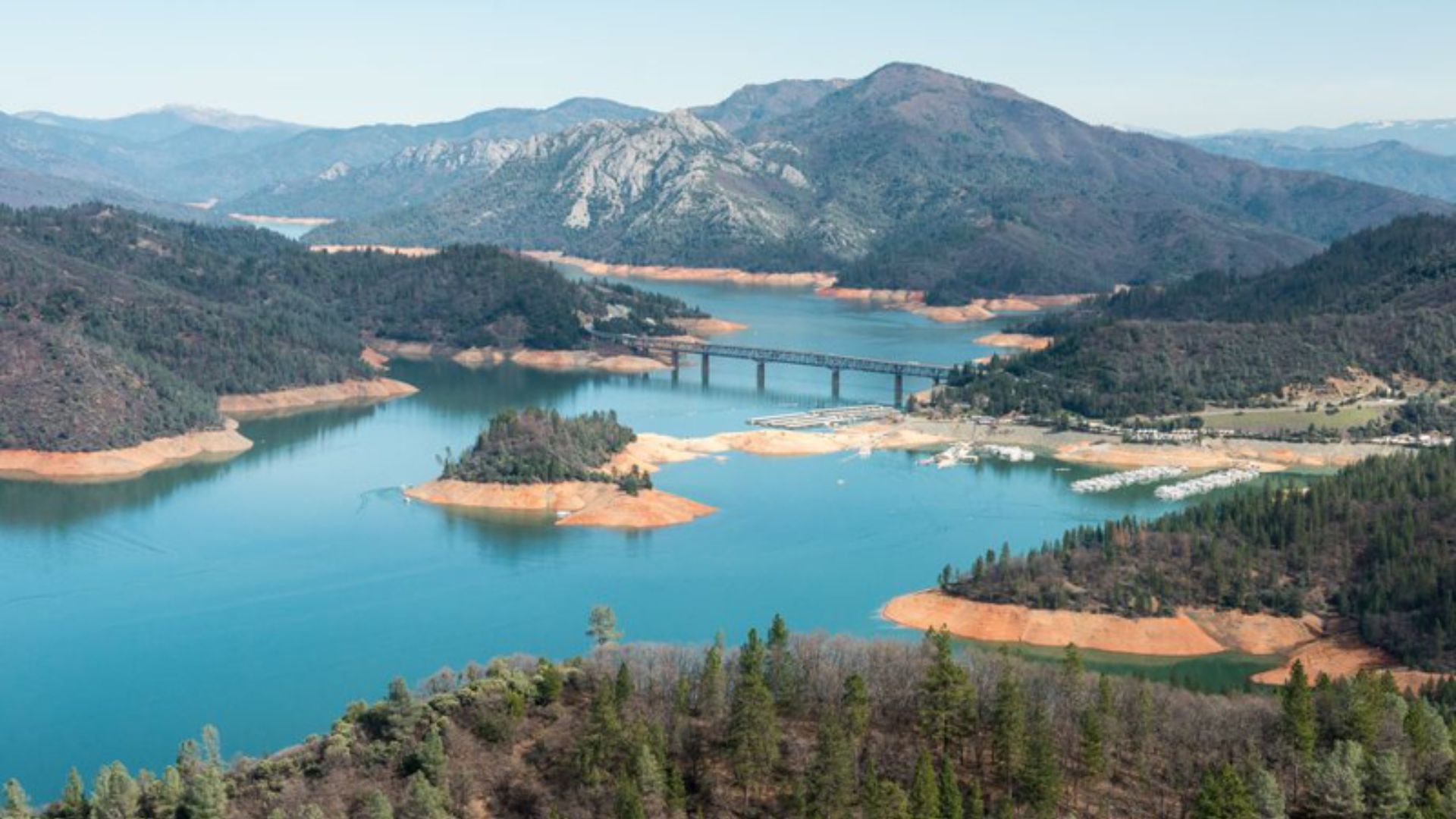
“That is a substantial amount of water,” said Don Bader, area manager for the U.S. Bureau of Reclamation, which oversees Shasta Dam.
For comparison, that amount exceeds the flow of water down Clear Creek south of Redding.
Impact on Reservoir Levels

“That is significant enough that it affects where our projected reservoir levels will be at the end of the season,” Bader added.
Evaporation typically rises during the summer.
Record-Breaking Heat
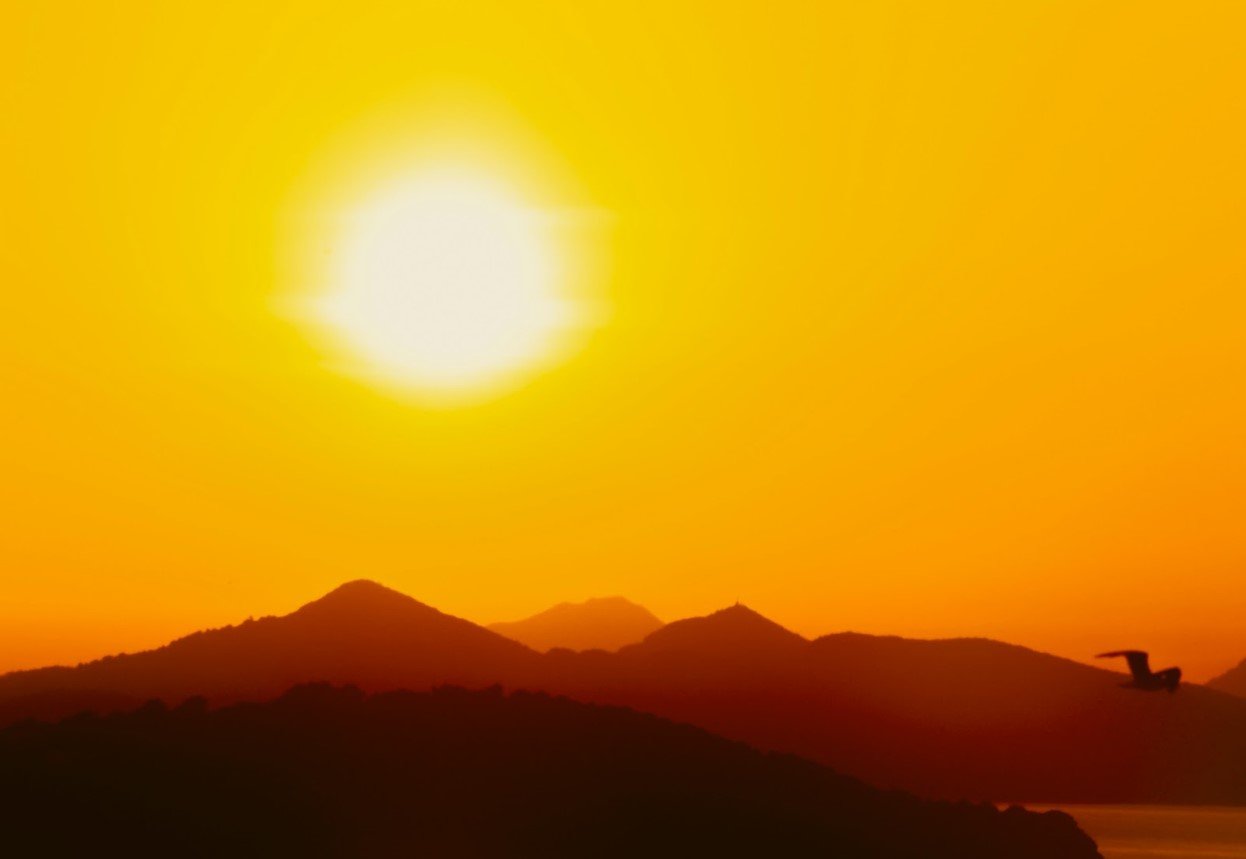
However, this year’s record-breaking temperatures have caused an even greater increase in evaporation.
“It’s probably been higher the last nine days because we haven’t seen weather like that in a long time,” Bader said.
Historic Heatwave
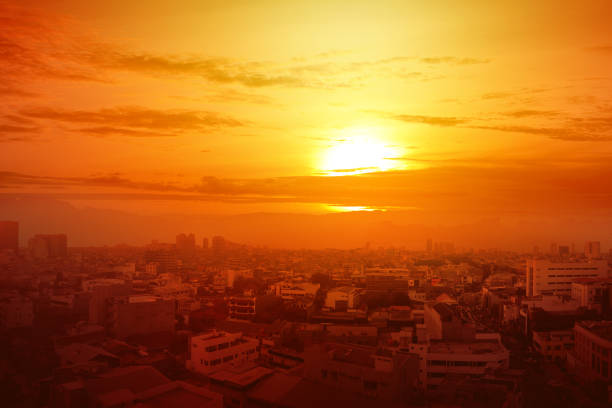
Unsplash
On July 6, the National Weather Service recorded a high of 119 degrees at Redding Regional Airport, the first time temperatures in Redding surpassed 118 degrees.
The heatwave continued, with daily high temperature records broken from July 5 to July 8, and temperatures above 110 degrees expected to persist through Saturday.
Other Reservoirs Affected
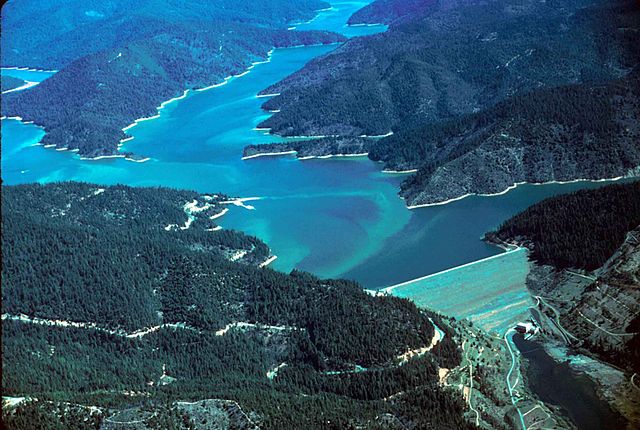
Lake Shasta isn’t the only reservoir affected.
During the first nine days of July, Trinity Lake near Weaverville lost 828.5 million gallons, and Keswick Lake near Redding lost 47.1 million gallons to evaporation.
Seasonal Variation

Freepik
Evaporation isn’t a concern in the winter and spring when lakes are replenished by snowmelt and rain.
“In the wintertime we get the really cold days. You don’t get any evaporation because the ambient temperature is so cold and the water’s cold,” Bader explained.
Longstanding Concerns
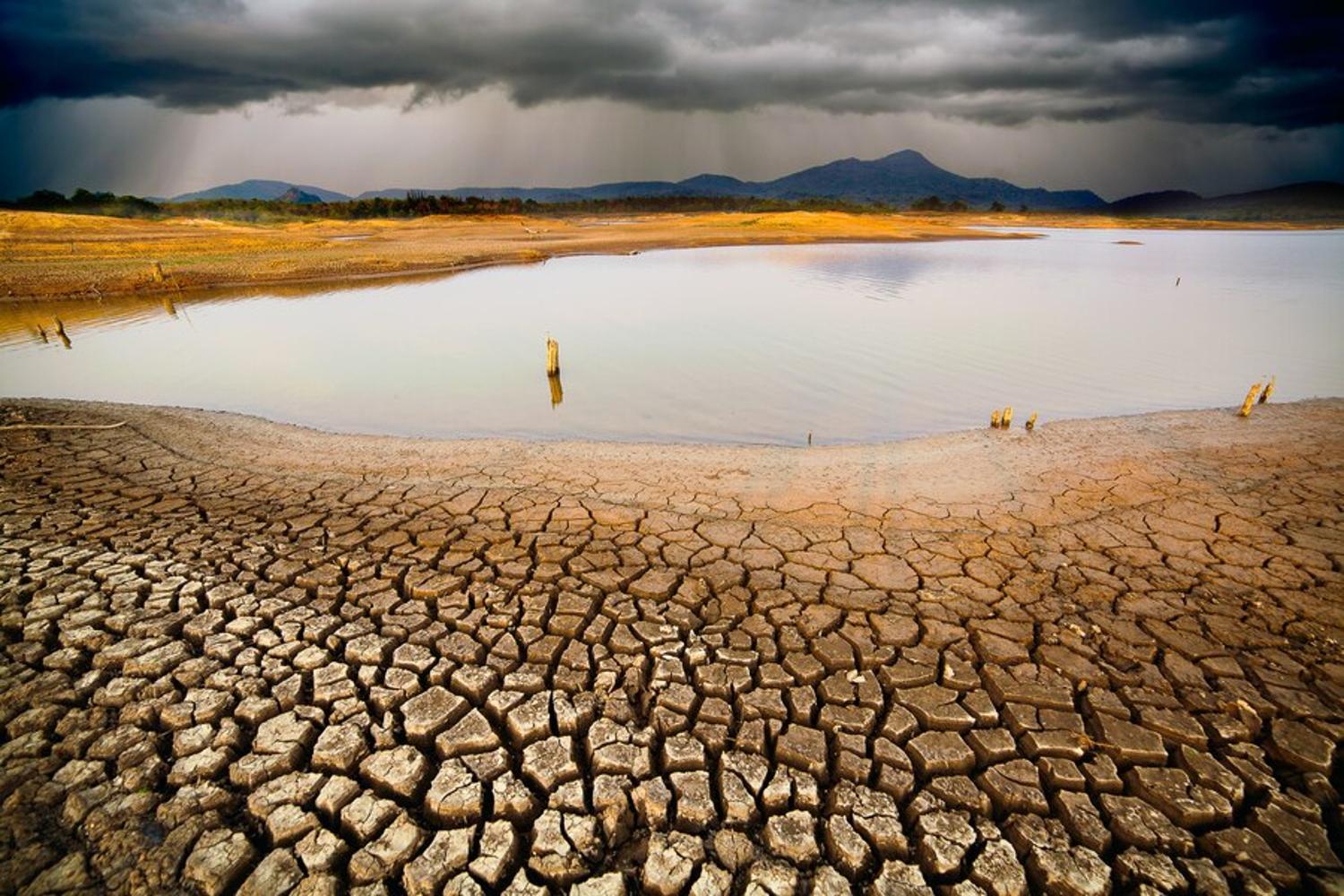
The bureau measures evaporation by placing water in a cylinder and tracking the loss over 24 hours, then extrapolating that to the lake.
Freshwater evaporation has been a concern for many years.
Intensifying Droughts
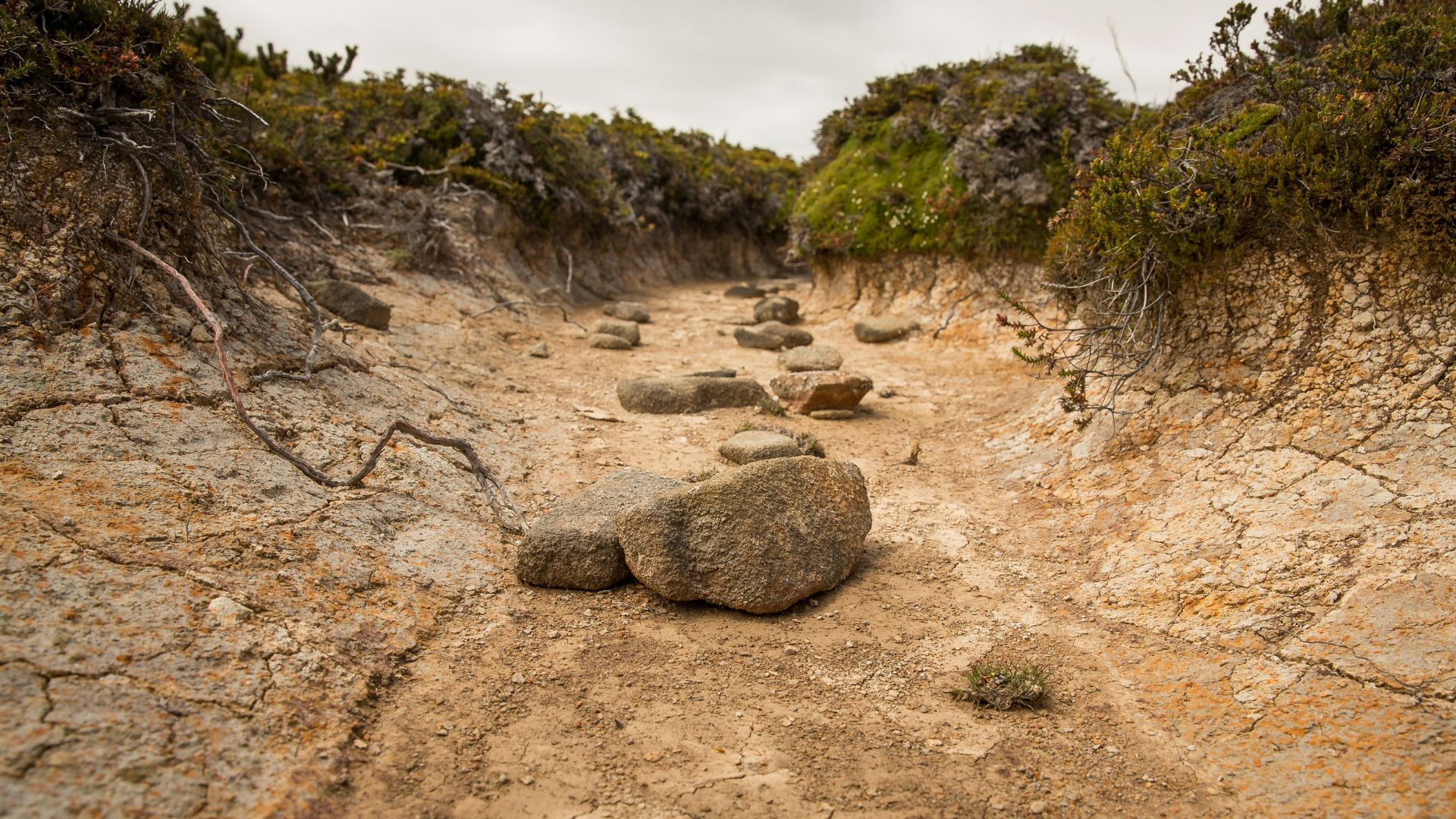
A 2015 report from the University of Colorado highlighted that water loss from reservoirs in the West is becoming more problematic as droughts intensify.
Covering reservoirs like Lake Shasta might seem impractical, but some have proposed such measures.
Proposed Solutions
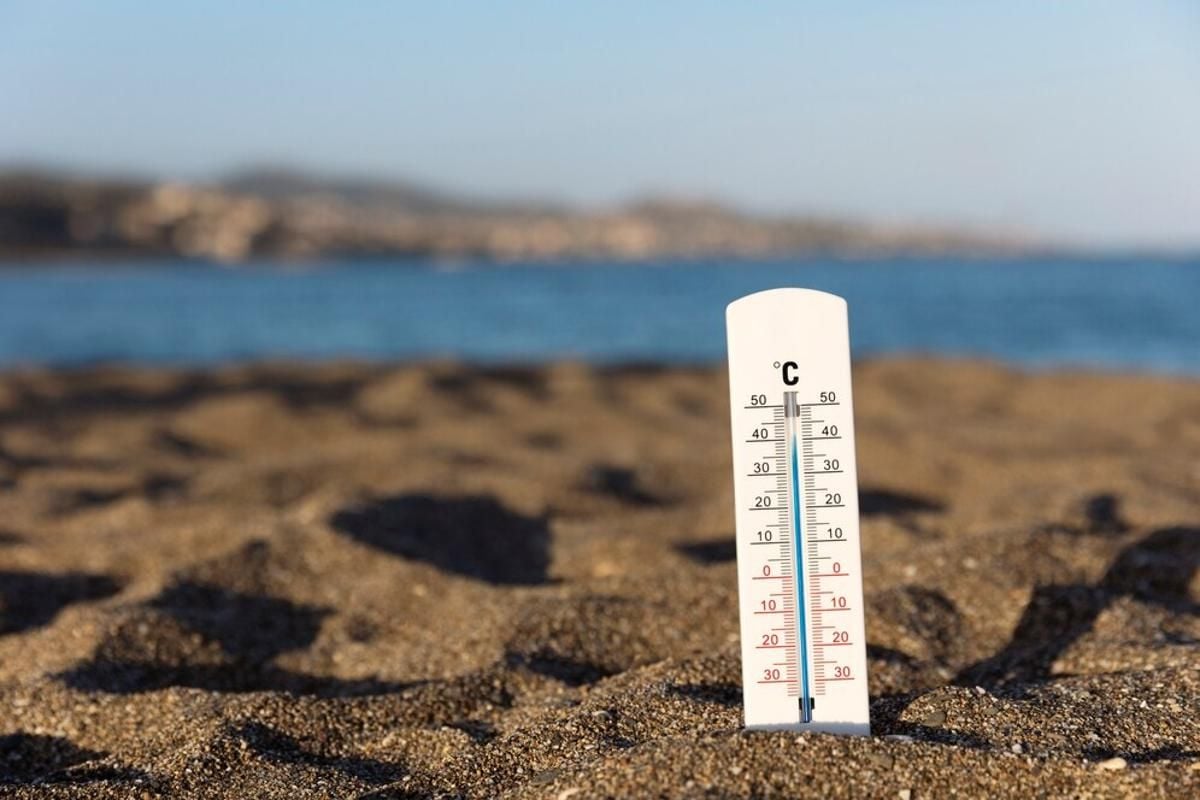
The University of Colorado report mentions potential techniques such as covering surface water with organic compounds, reflective plastics, or lightweight shades.
Other suggestions include moving reservoir water underground or building new reservoirs at higher elevations to reduce evaporation.
Plastic Ball Experiment
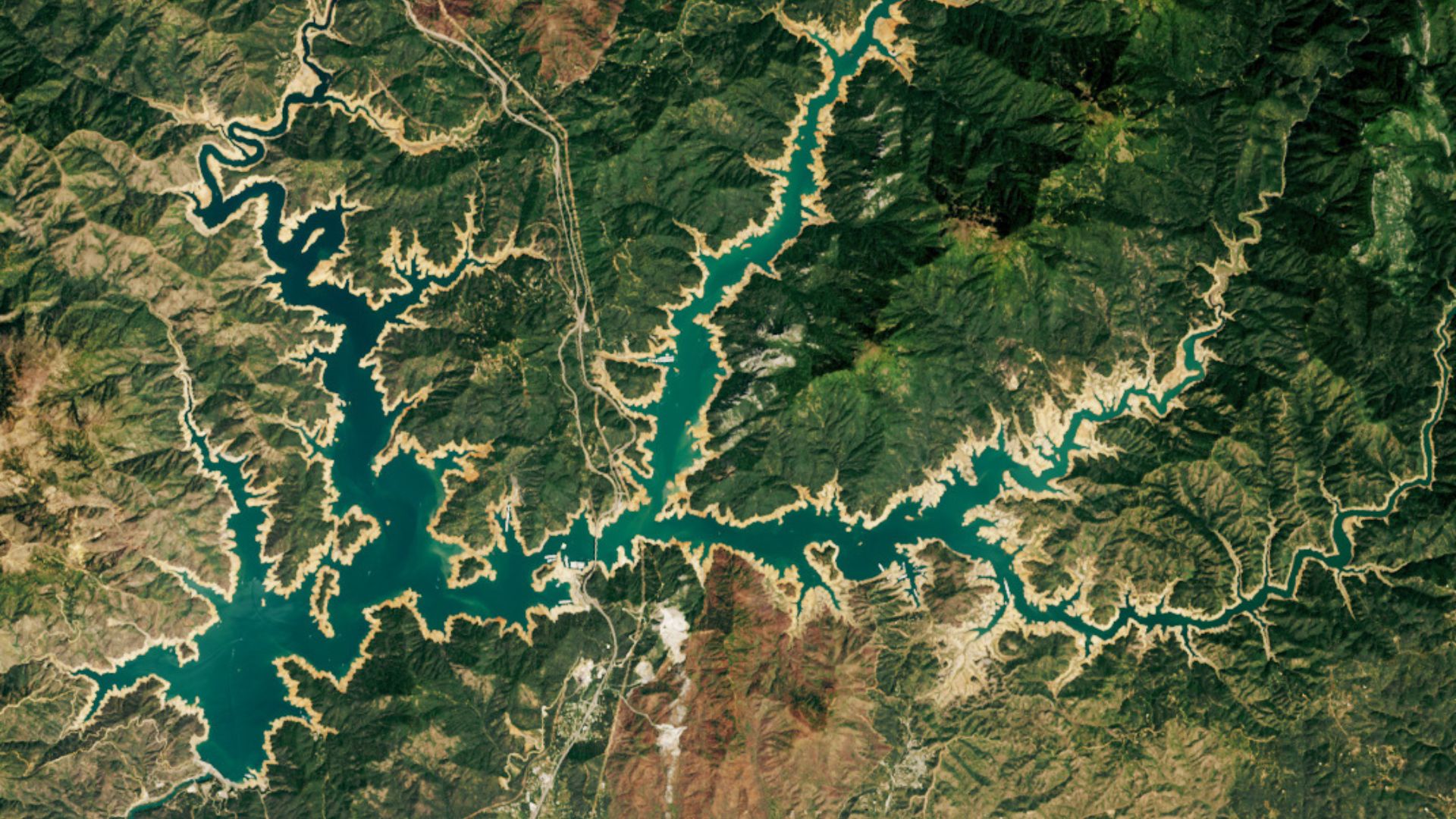
During the 2015 drought, Los Angeles experimented with reducing evaporation by covering reservoirs with plastic balls, but this did not become a long-term solution.
Bader noted that covering Lake Shasta would be challenging due to its size, as it is the largest man-made lake in California.








































